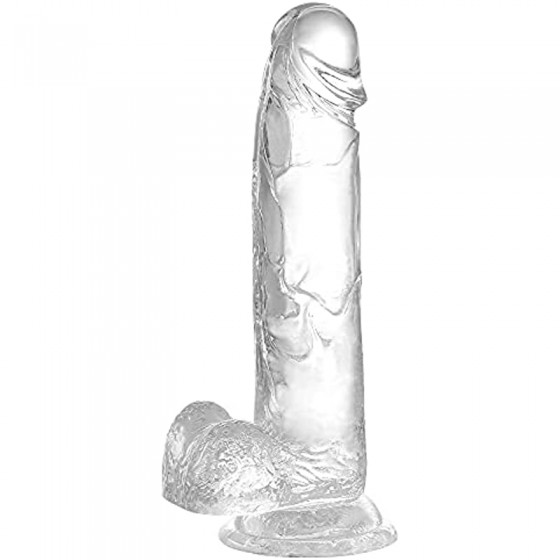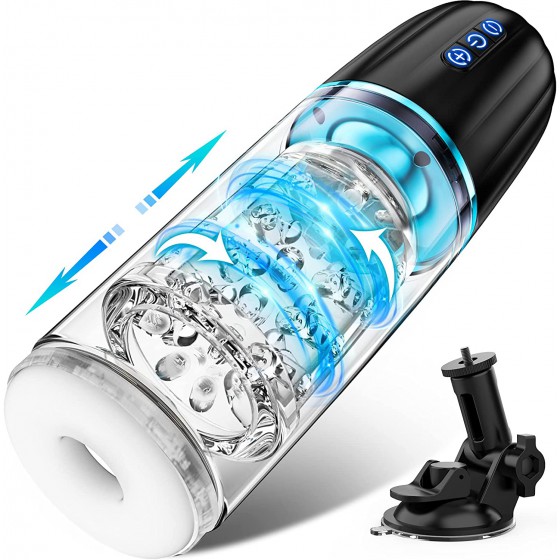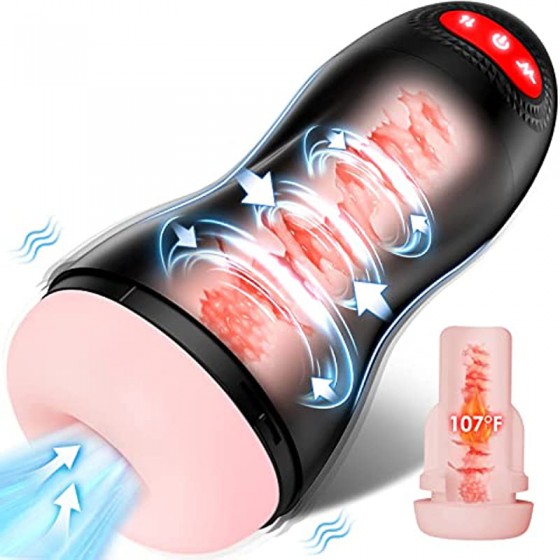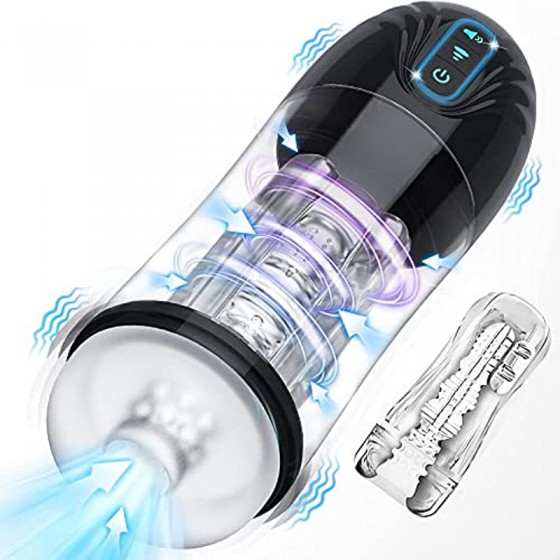Pelvic inflammatory disease in women is divided into two categories. What methods can be used to prevent it?
Pelvic inflammatory disease is a common gynecological disease. There are many causes of pelvic inflammatory disease. So do you know what the symptoms of pelvic inflammatory disease are? Let’s find out together.
Symptoms of pelvic inflammatory disease
1. Acute pelvic inflammatory disease
(1) Symptoms are characterized by: sudden onset, severe condition, lower abdominal pain, fever, chills, headache, and loss of appetite.
During the examination, the patient was found to be acutely ill, with high body temperature, fast heart rate, and muscle tension, tenderness, and rebound tenderness in the lower abdomen. Pelvic examination: There is a large amount of purulent secretion in the vagina, obvious tenderness in the fornix, tenderness and rebound tenderness in the uterus and both appendages, or thickening of one appendage.
The symptoms of chronic pelvic inflammatory disease are characterized by slow onset and long course. Systemic symptoms are mostly inconspicuous, including low-grade fever, susceptibility to fatigue, and lower abdominal and back pain. During the examination, it is found that the uterus is often in a posterior position, with limited movement, or is fixed by adhesions.
(2) Acute and chronic pelvic inflammatory disease can be diagnosed based on medical history, symptoms and signs. However, differential diagnosis must be done. The main differential diagnoses of acute pelvic inflammatory disease include: acute appendicitis, ectopic pregnancy, ovarian cyst pedicle torsion, etc.; the main differential diagnoses of chronic pelvic inflammatory disease include: endometriosis and ovarian cancer.
2. Chronic pelvic inflammatory disease
Systemic symptoms include sometimes low-grade fever and susceptibility to fatigue. Some patients develop neurasthenic symptoms due to the long course of the disease, such as insomnia, lack of energy, and general discomfort. Lower abdominal distention, pain and lumbosacral soreness often worsen after exertion, after sexual intercourse, and before and after menstruation.
Pelvic congestion and menorrhagia due to chronic inflammation, menstrual irregularities when ovarian function is damaged, and infertility when fallopian tube adhesion and obstruction occur.
How to prevent pelvic inflammatory disease
In fact, we can prevent the formation and worsening of pelvic inflammatory disease from the source, but only if we insist on taking preventive measures.
1. Do a good job in health promotion during menstruation, pregnancy and puerperium.
2. Strictly understand the indications for obstetrics and gynecological surgeries and make preoperative preparations. Pay attention to aseptic procedures during surgery, including artificial abortion, intrauterine device placement, diagnostic dilation and curettage and other surgeries. Take good care after surgery to prevent infection.
3. Completely cure acute pelvic inflammatory disease and prevent it from becoming chronic.
4. Pay attention to hygiene during intercourse.
In fact, there are many reproductive system diseases, such as balanitis, prostatitis, gonorrhea, syphilis, genital warts, etc., which can be transmitted to the other party through unclean sexual intercourse, causing the other party to become ill and seriously affecting the quality of sexual life. Therefore, gynecological experts from modern hospitals remind you that in daily sexual intercourse, you must pay attention to the following points:
(1)Hand hygiene
Because we touch our hands everywhere, germs are likely to be on our hands. If we do not wash our hands during sex, germs are likely to be infected into the reproductive system through our hands.
(2) Cleaning of genitals
Before intercourse, the man can use some mild soap to turn over the foreskin and clean it thoroughly. Seek medical treatment immediately if you feel unwell. After the onset of reproductive system diseases, most people will have different symptoms. For example, some vaginitis will cause itching and discomfort of the external genitalia, excessive leucorrhea, bean-dregs-like or foamy leucorrhea, etc. Gonorrhea will cause purulent leucorrhea and Frequent urination, urgency, painful urination and other symptoms, genital warts will cause growths on the genitals, syphilis will cause rashes, etc. If you have these discomforts, you should go to a regular hospital for treatment as soon as possible. If treatment is delayed or improperly treated, it will cause As the disease progresses, it can lead to pelvic infection, fallopian tube blockage, infertility, and cervical lesions. In severe cases, it can develop into cervical cancer.
(3) Pay attention to gynecological physical examination
Some diseases generally have no obvious symptoms in the early stages. For example, 50% of non-gonococcal urethritis (mycoplasma, chlamydial infection) has no symptoms, and HIV-infected patients have no obvious symptoms during the incubation period, but they are all contagious and continue to develop. Harmful to health and sexual life of couples. The best way is for women to have a gynecological examination at least once a year, especially a cervical smear, which can not only detect precancerous lesions but also infections.



















